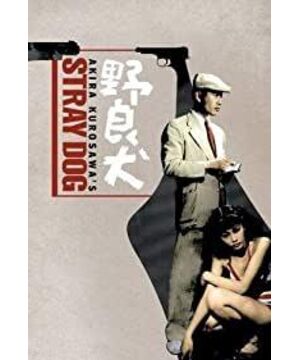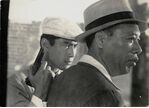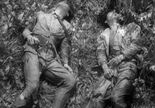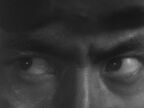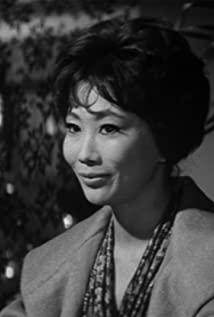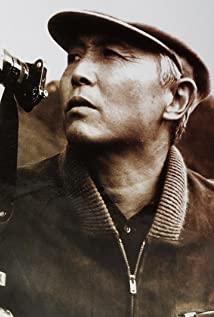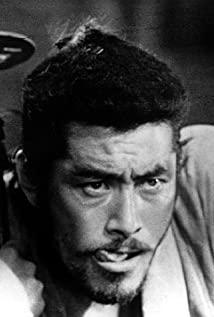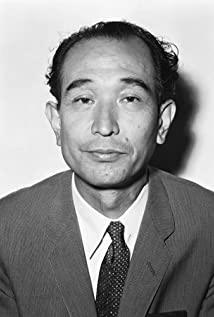story takes place in the context of Japan's defeat in the war. The life of the people at the bottom is difficult, everyone is busy seeking a living, and some people are abandoned by society and eventually become criminals.
②The
weather changes from hot to sultry to thunderous to heavy rain to sunny after rain. The master is not simple. Just a change in the weather reflects the rhythm.
③The
acting skills of Toshiro Mifune and Joe Shimura were brought into full play under the guidance of Akira Kurosawa. Similar to the role positioning in "Seven Samurai", Joe Shimura symbolizes courage and resourcefulness. Mifune's eyes in this movie are even more impressive. memorable!
④The
texture of the picture reminds me of Jia Zhangke's "Xiao Wu", which is simple but not simple. It's all about the story itself.
⑤
Some supporting roles are equally wonderful.
⑥
Impressive plot points: 1. The dancer returned to the backstage after dancing and fell to the ground tired one by one to rest. 2. In the end, Murakami confronted the criminal, and the rich continued to play the piano regardless. These two points are absolutely perfect for the performance of that era!
⑦
Akira Kurosawa's films indirectly let the world know about Japan and the Japanese people. Humility, going to a stadium with 50,000 people and dressing up.
View more about Stray Dog reviews


